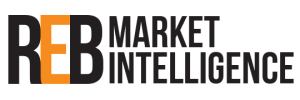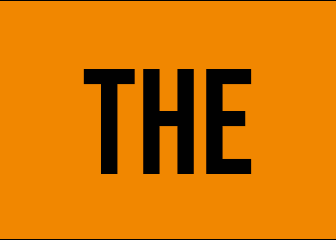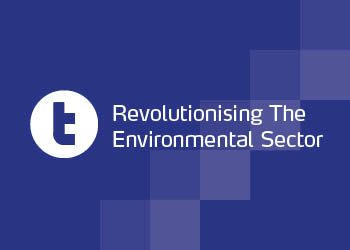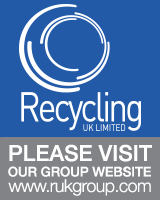The past couple of months have generally seen a rise in price for most materials in the PRN market.
There are potential concerns around energy rationing for the recycling industry particularly in Europe, as well as water shortages that could impact the volume of reprocessing.
It is important to stress that recycling is generally less energy and water intensive than manufacturing from raw/virgin materials, so it is a good opportunity for the value of recycling to rise, which could potentially pull more material through for recycling and in turn generate more PRNs.
However, this market balancing could take time and not be visible to the PRN market until the Q3 reprocessing figures are published in October.
One final factor impacting the rising PRN costs is reports of lower waste arisings caused by less consumer spending driven by inflation and the cost-of-living crisis as consumers adjust budgets and cut back.
In some cases, the material simply isn’t there to collect which is resulting in lower reprocessing. The reduced consumer spending could result in a lower obligation in 2023 as packaging flow will be down in a year with stable targets, which could decrease demand for carry-forward PRNs into 2023 and impact the current year market as well.
The paper PRN price has jumped from £12/t in mid-July to as much as £35/t in recent days. The Q2 reprocessing and export volumes, coupled with recent strong monthly volumes indicate the UK paper specific obligation is likely to be met. However, there is pressure on the UK general recycling obligation, where significant volumes of paper PRNs are used, which is currently appearing challenging, leading to price rises.
Plastic PRN prices have experienced a lot of movement in the last month, with prices dropping from £250/t to £180/t in the space of a few days following the publication of the Q2 UK reprocessing figures which showed relatively healthy volumes compared to the live UK obligation. However, the market then adjusted and subsequently prices have risen to as high as £305/t in August, and in the short-term at least will remain high. The high PRN price should support additional plastic reprocessing and PRN generation, which we saw in 2019 and 2020, now that the price support the PRN offers at this level makes it more commercially viable. This will be necessary if the UK will meet its obligation this year and have healthy carry-forward into next year.
As with other materials, glass PRN prices have continued to rise, even with the backdrop of relatively strong remelt volumes. The driver of the increase is a shortfall in the glass other reprocessing, which has led to a significant jump in glass other prices from around £60/t in July to £130/t in August. The shortfall in glass other reprocessing has also added demand onto remelt, causing prices to increase steadily over the past few weeks.
The recent monthly figures for aluminium were the highest they had been all year. However, prices continue to rise at a steep rate due to a lack of available PRNs to buy. Aluminium PRNs have traded for as much as £150/t recently. As the price has risen, more PRN volume has been available to purchase, and this should help satisfy demand. The concerns around energy rationing in Europe is something to be aware of for future market developments, as this impacts aluminium particularly.
Steel was the material that had the most positive Q2 in terms of reprocessed volume, bouncing back from a poor Q1. This has led to the outlook for the UK steel obligation improve from looking challenging to meet, to looking to be met confidently providing Q2 run rate is mostly maintained through the remainder of the year.
Wood has had strong reported volumes throughout the year. However, with the increased pressure on the UK general recycling obligation, prices have risen steadily to over £20/t now.
James Armitage is commercial operations analyst at Valpak
